Bjørn Nordlund discusses how Docker allows building and sharing infrastructure as easily as code. Docker uses containers based on Linux kernel features like namespaces and cgroups to package applications securely and independently from the underlying infrastructure. Docker provides a simple interface to create, start, stop, move, and share application containers. This allows more efficient utilization of server resources and easier deployment of applications.
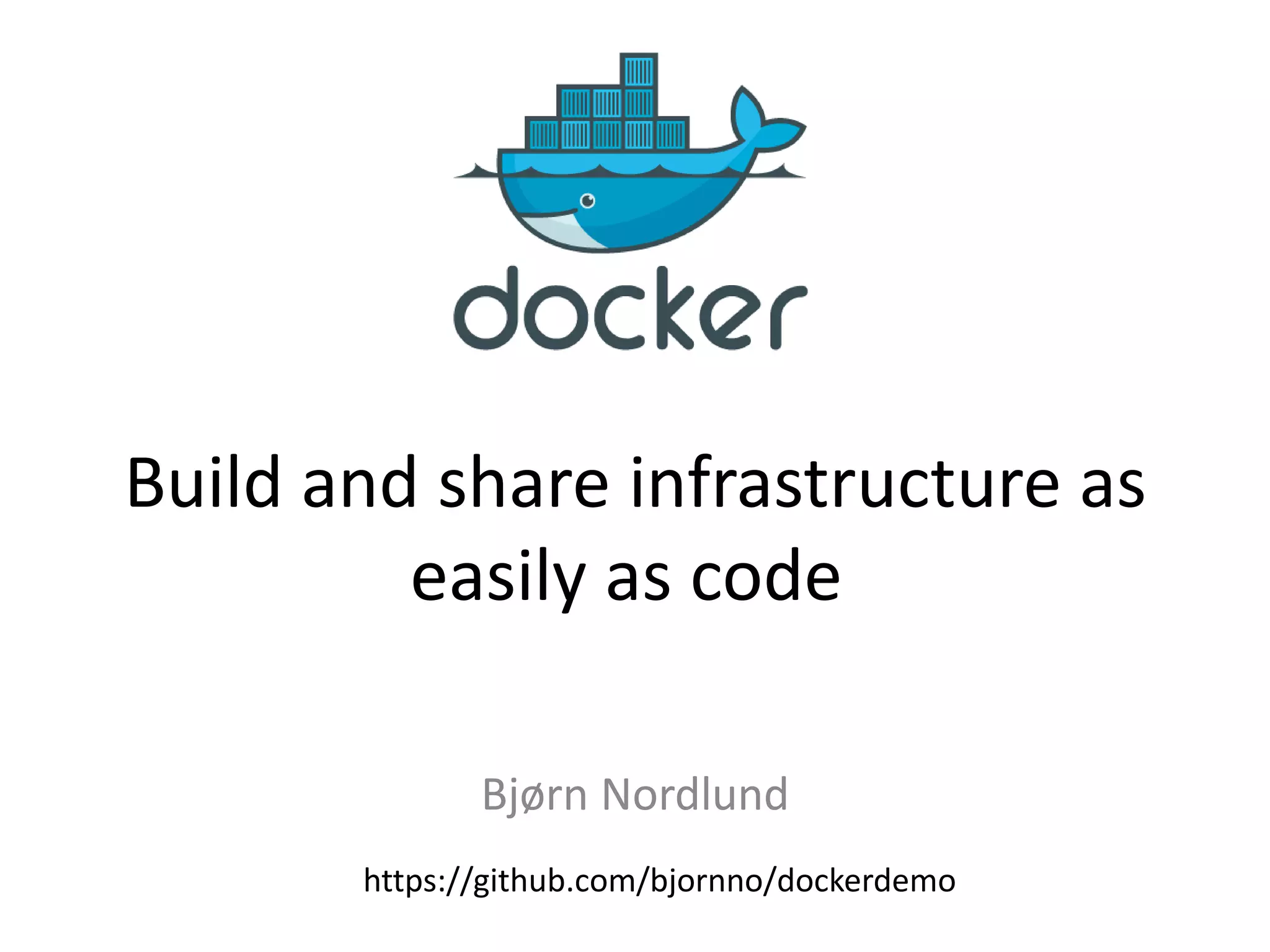

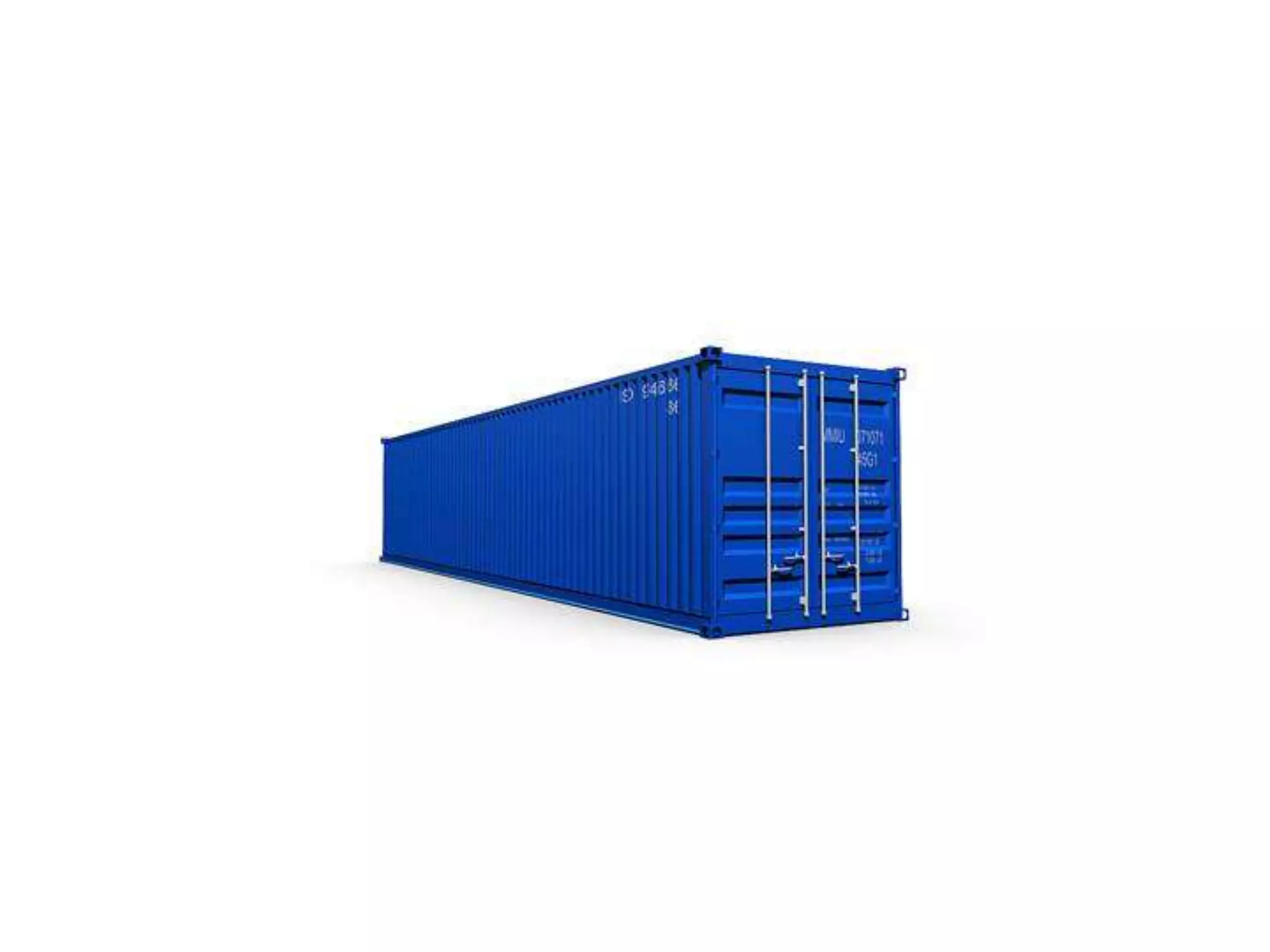
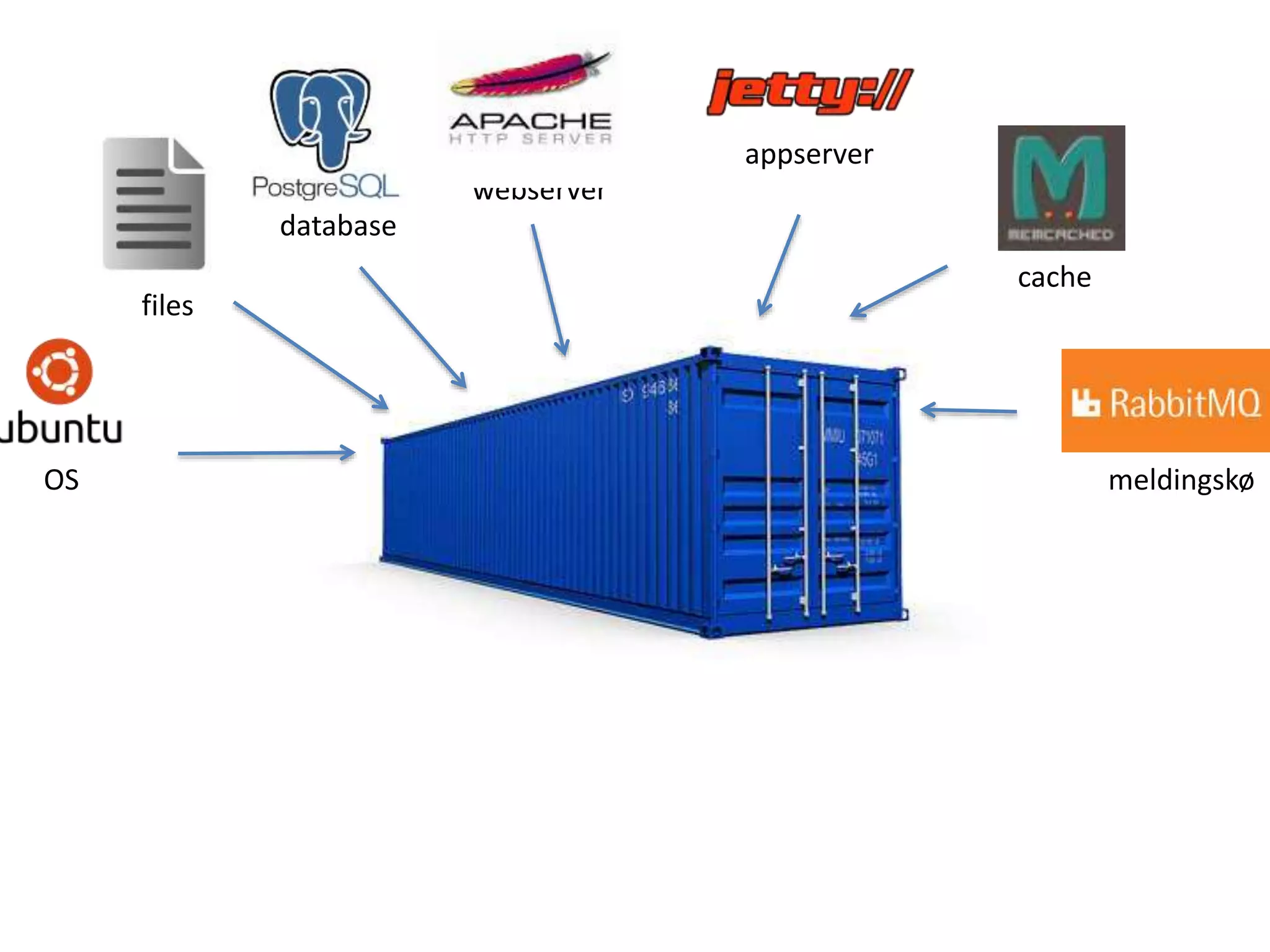
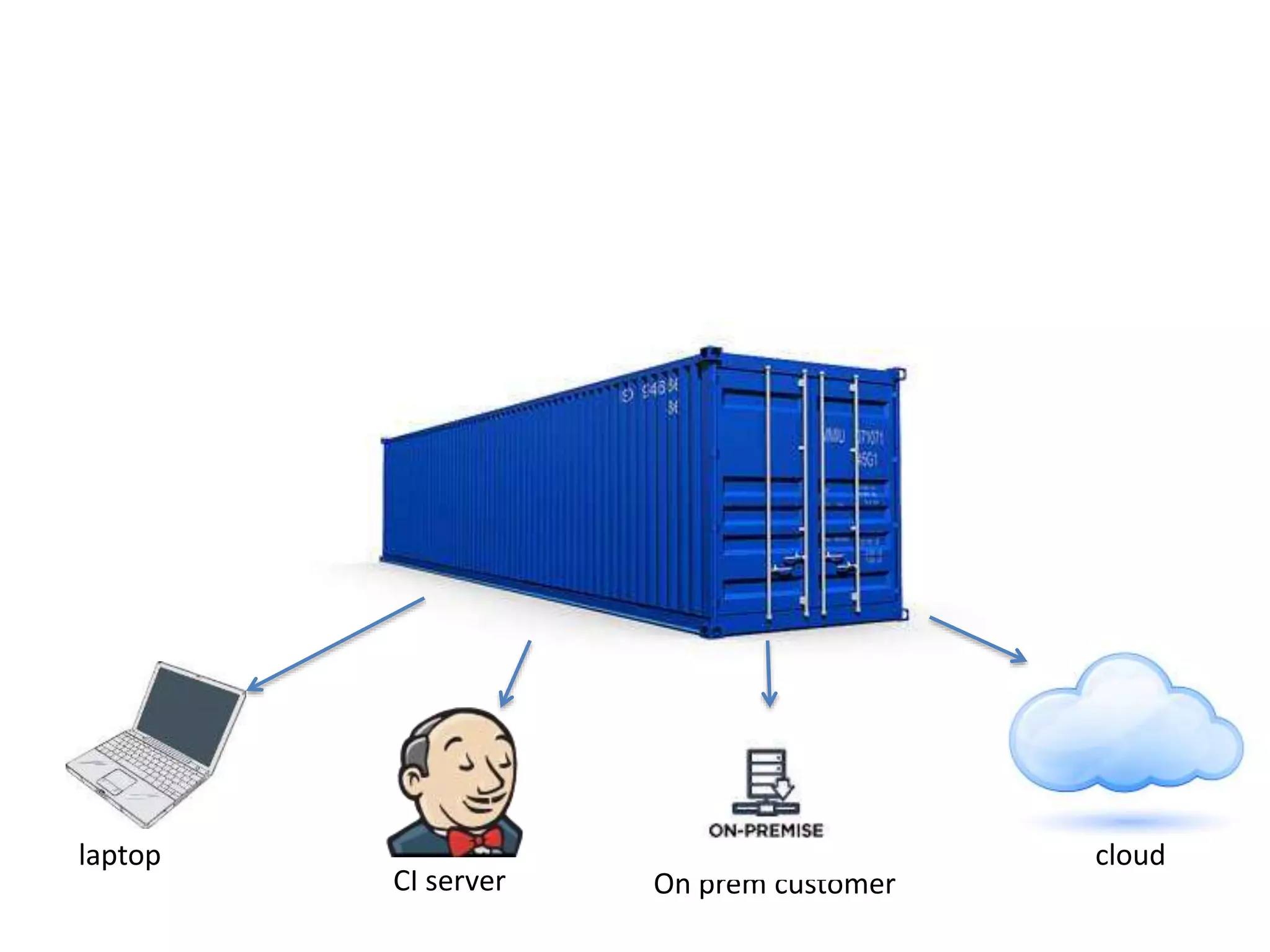
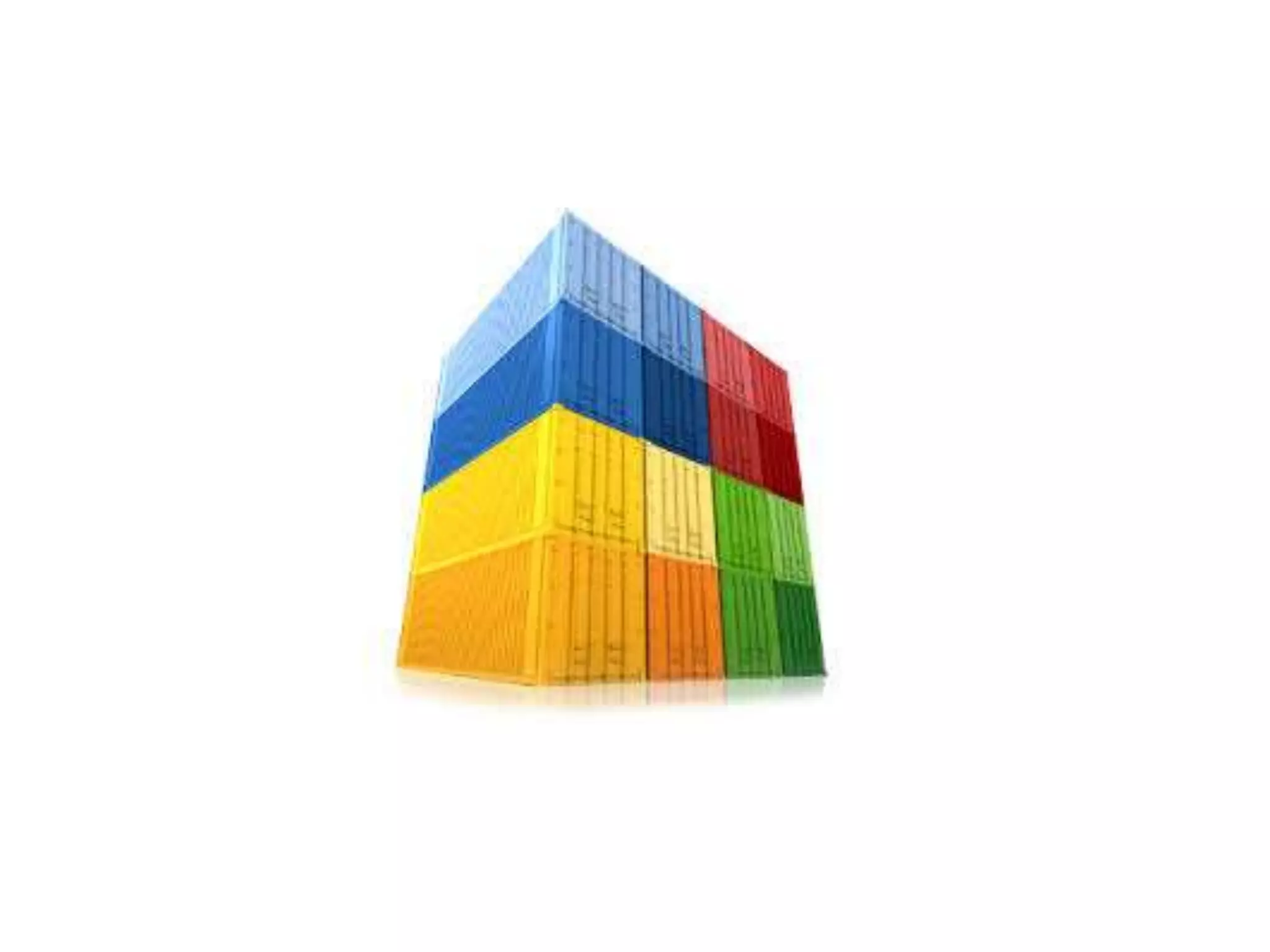
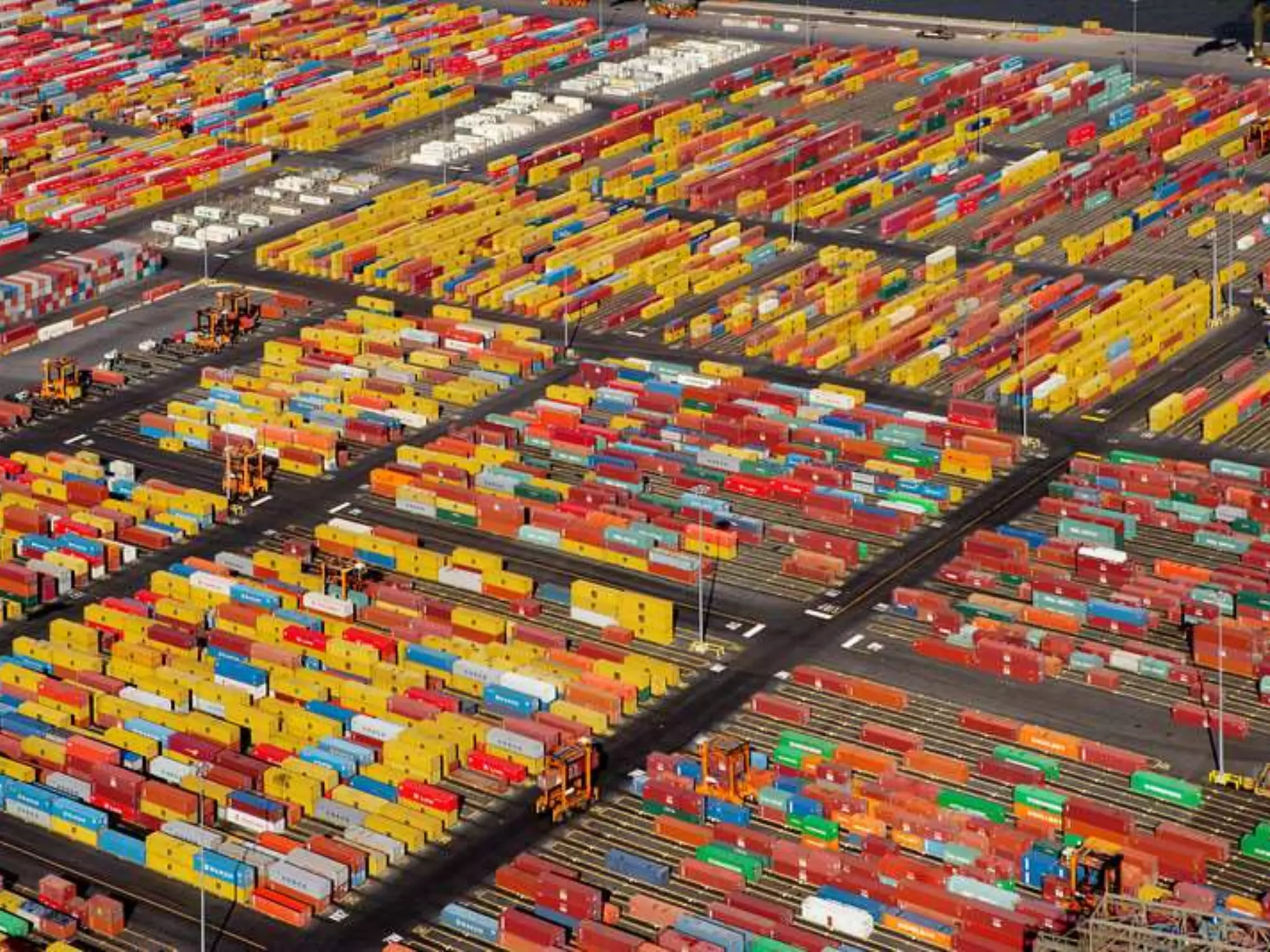
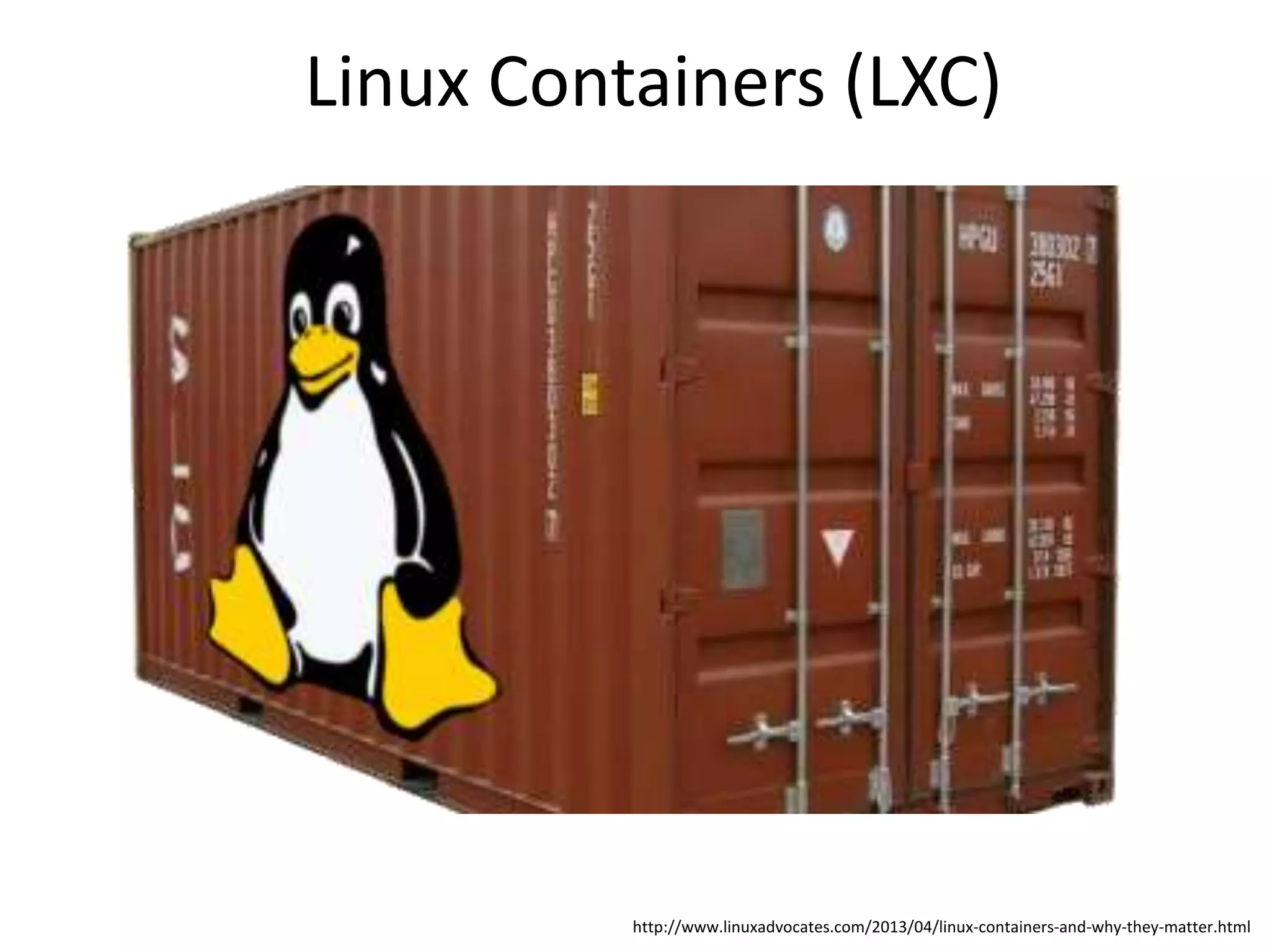
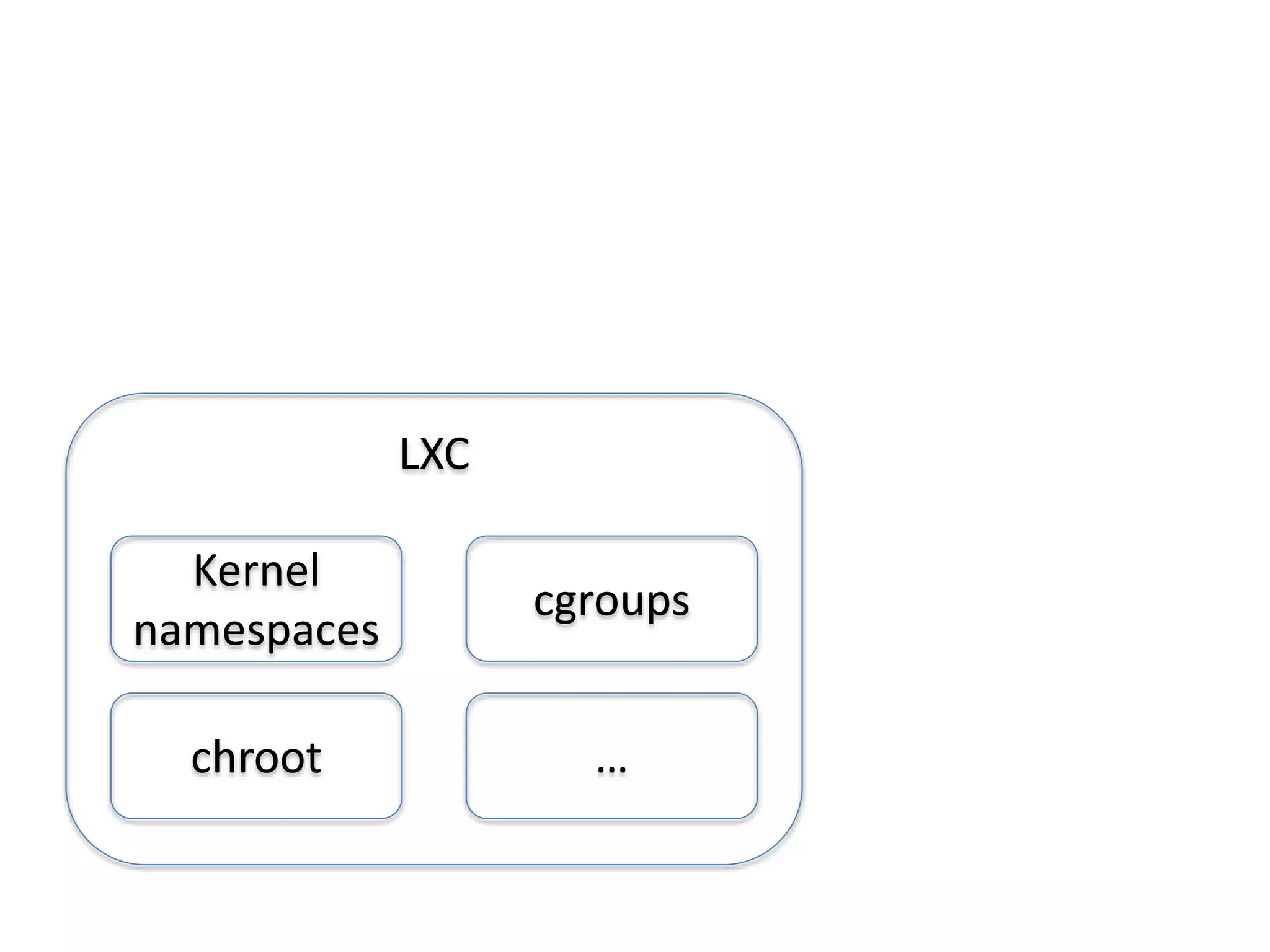
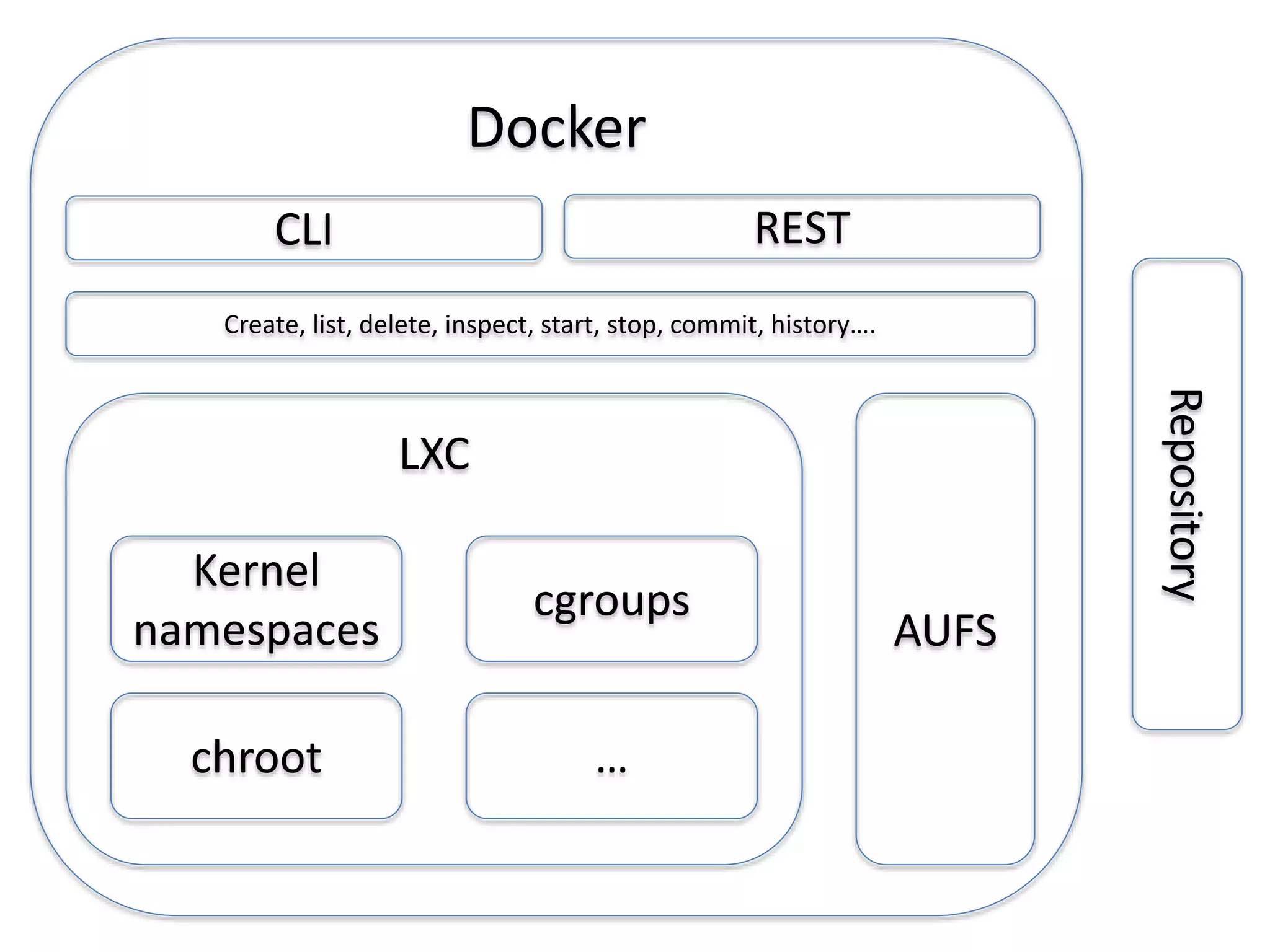

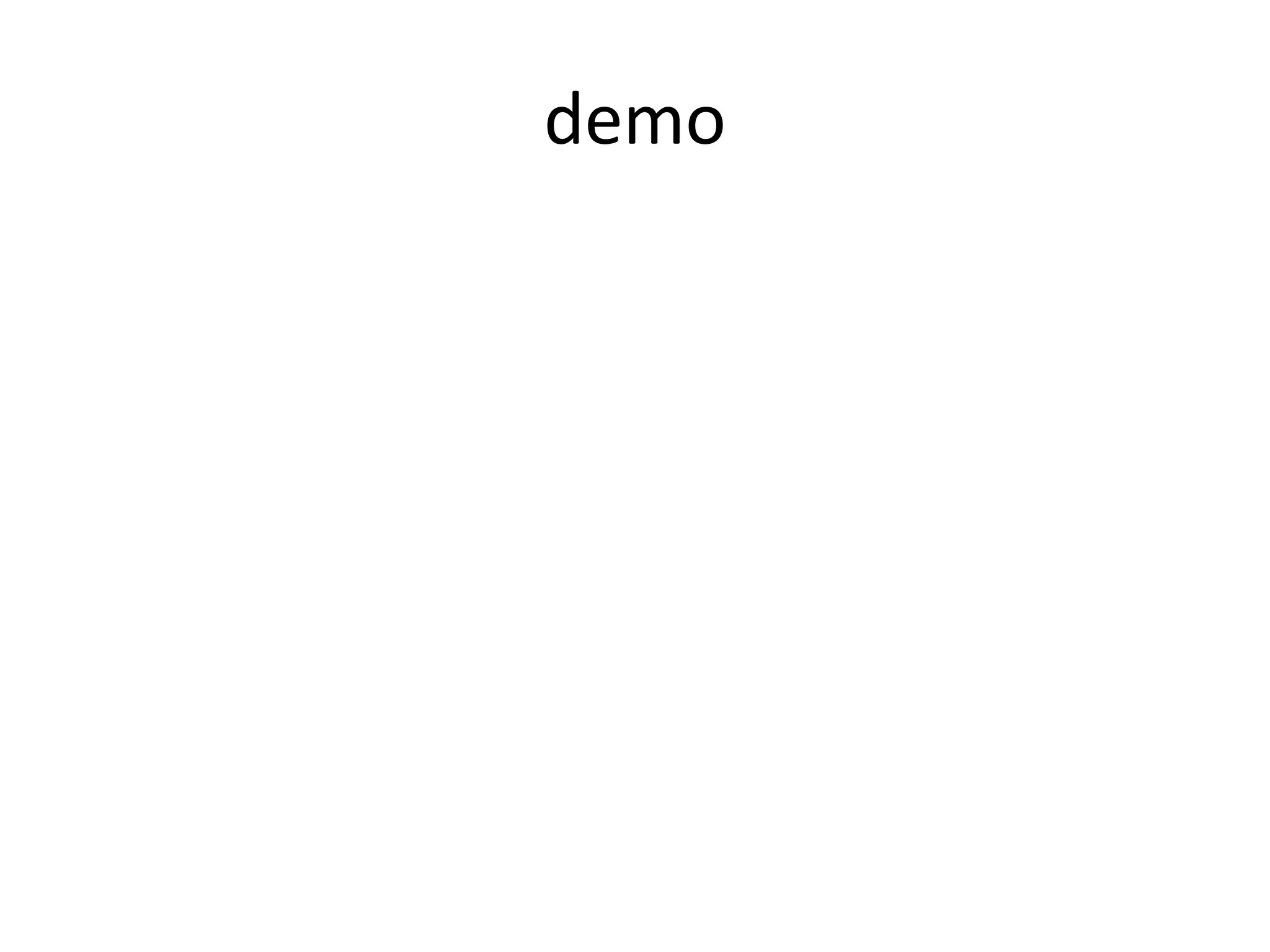
![Dockerfile
FROM bjornno/ubuntu
RUN git clone https://github.com/bjornno/dockerdemo.git
WORKDIR /dockerdemo
RUN bundle
CMD ["rackup"]](https://image.slidesharecdn.com/docker-techzone-141010031442-conversion-gate01/75/Docker-techzone-13-2048.jpg)
